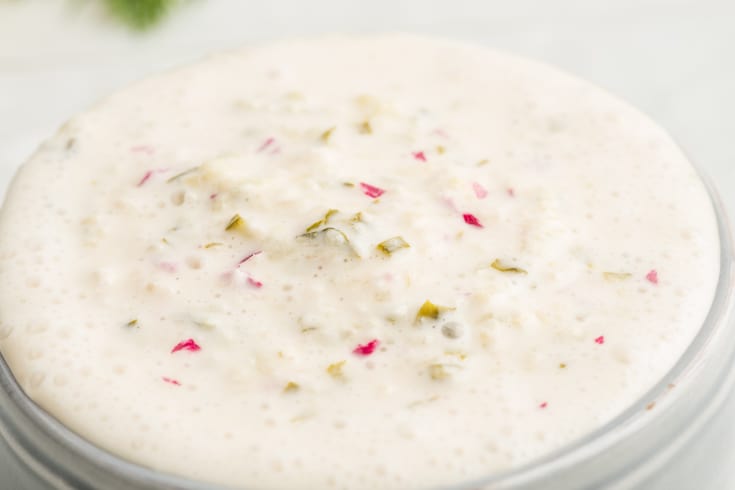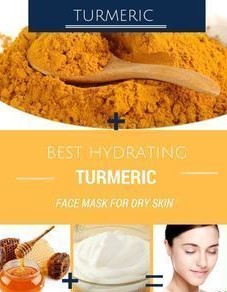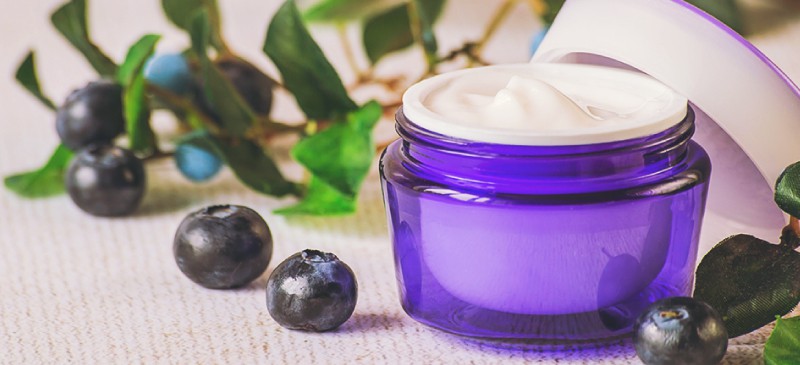What is hand, foot, and mouth (HFMD) disease?
Hand, foot, and mouth disease (HFMD) is a viral infection characterized by fever and a typical rash most frequently seen on the palms of the hands, soles of the feet, and inside the mouth. It should not be confused with foot (hoof) and mouth disease that affects cattle, sheep, and swine.

What causes hand, foot, and mouth disease?
HFMD is one of several infectious diseases caused by different members of the enterovirus family of viruses. The most common cause is Coxsackievirus A16; less frequently enterovirus 71 is the infectious agent. The clinical manifestations of routine HFMD are the same regardless of the responsible virus. However, patients infected with enterovirus 71 are more likely to experience rare complications (for example, viral meningitis or cardiac muscle involvement).
What are the risk factors for hand, foot and mouth disease?
Risk factors for developing HFMD include
- summer and fall seasons,
- toddler age range,
- high-risk exposure location (such as daycare and preschool) and close contact (for example, family home) locations,
- ineffective hygiene — infrequent soap and water hand-washing or not wearing disposable gloves when changing stool-containing diapers, and
- a compromised immune system.

Is hand, foot, and mouth disease contagious? How does HFMD spread?
HFMD is spread person to person by direct contact with the infecting virus (either Coxsackievirus A16 or less commonly enterovirus 71). These viruses are most commonly found in the nasal and throat regions but also in the blister fluid or stool of infected individuals. The virus can survive on inanimate surfaces such as desktops, faucets, etc. It can then be transferred by touching contaminated surfaces and then touching your nose, mouth, or eyes before washing your hands. Likewise, changing diapers from an infected infant without wearing gloves or hand-washing can transmit disease. Water contaminated with the virus can also transmit the infection. Women who are infected shortly prior to delivery may pass on the infection to their infant. The baby will generally have a mild illness but should be monitored closely since in rare cases they could develop a more severe infection or experience complications. Infected individuals are most contagious during the first week of their illness. HFMD cannot be contracted from pets or animals.
The viruses that cause HFMD may remain in the person’s respiratory or intestinal tract for several weeks to months after all symptoms have resolved. It is possible, therefore, to transmit the infection even though the formerly ill individual has completely recovered. Some individuals (most commonly adults) may exhibit no symptoms or signs during their infection but may unwittingly transmit the illness to those (commonly infants and children) who are not immune.

What is the contagious period for hand, foot, and mouth disease?
Once exposed to the virus, those who develop symptoms and signs will do so within 1-3 days. They are most contagious during the first week of the illness. However, the virus may continue to be shed for one to three weeks in respiratory secretions (saliva and/or nasal mucous) and in the stool for two to eight weeks after the primary infection.
What is the incubation period for hand, foot, and mouth disease?
HFMD is moderately contagious and spreads from person to person. It cannot be spread by animals. Usually, the virus is passed via oral secretions (nasal discharge and saliva, etc.) or via stool. There is a short 1- to 3-day incubation period between exposure and development of initial symptoms (fever and malaise). A person is most contagious during the first week of illness.

Can adults get hand, foot, and mouth disease?
An adult who was never exposed to the viruses that cause HFMD as a child could develop the characteristic symptoms and physical signs (vesicular rash with the characteristic distribution) if infected by the virus. Interestingly, the majority of adults exposed to enteroviruses will remain without symptoms. Unfortunately, an infected person is still contagious even though he lacks objective physical findings.
What are the symptoms and signs of hand, foot, and mouth disease?
HFMD is most commonly an illness of the summer and fall seasons.
- Initial symptoms of a low-grade fever (101 F-102 F) and malaise are followed within 1 or 2 days by a characteristic skin rash.
- Small (2 mm-3 mm) red spots that quickly develop into small blisters (vesicles) appear on the palms, soles, and oral cavity.
- The gums, tongue, and inner cheek are most commonly involved in the mouth.
- The foot lesions may also involve the lower calf region and rarely may appear on the buttocks.
- Oral lesions are commonly associated with a sore throat, uncomfortable eating and drinking, and as a result, a diminished appetite. It is very rare for an infected child to become dehydrated due to oral discomfort.
- It is estimated that approximately 50% of those infected with this enterovirus never develop symptoms. Symptoms are much more common in infants, toddlers, and young children. Older children, teens, and adults are more likely to incur no symptoms.
When does hand, foot, and mouth disease usually occur?
In the temperate northern hemisphere, summer and fall are the most frequent seasons for community epidemics of HFMD. The illness is year-round in the tropics. While anyone exposed to the viral causes of HFMD may develop disease, not everyone infected will develop symptoms and signs

How long does hand, foot, and mouth disease last?
The total duration of illness from HFMD is approximately 5-7 days. One to three days after viral invasion of the patient, the first symptoms become evident. These include fever, reduced appetite, sore throat, and a general sense of feeling ill (malaise). One to two days later, the characteristic painful mouth sores develop. The final stage of the illness is manifested by small, tender red spots which progress to blisters in the mouth, palms of the hands, soles of the feet, and less frequently on the arms and legs, as well as the buttock and genital areas.
What is the course of hand, foot, and mouth disease?
The illness is characteristically self-limited and is usually resolved within a week, particularly when due to its most common cause, Coxsackievirus A16. In those outbreaks due to enterovirus 71, the illness may be more severe with complications such as infection of the heart muscle and/or viral meningitis and encephalitis and paralytic disease. As a rule, HFMD is generally a mild and self-limited illness.

Why haven’t we heard more about hand, foot, and mouth disease?
Recognition of hand, foot, and mouth disease is relatively recent (when contrasted with mumps, measles, and chickenpox, for example). HFMD was first reported in 1956 in Australia. By the early 1960s, it had emerged as a common childhood illness around the world.
How do health care professionals diagnose hand, foot, and mouth disease?
Usually, the diagnosis of HFMD is made on a combination of clinical history and characteristic physical findings. Laboratory confirmation is rarely necessary unless severe complications develop.

What is the treatment for hand, foot, and mouth disease?
Treatment of HFMD is directed toward symptomatic relief of fever and sore throat. Antibiotics are not indicated in the treatment of this viral disease. Intravenous immune globulin (IVIG) has been tried as a therapy for severely ill patients or immunocompromised older patients with variable success.

What are complications of hand, foot, and mouth disease?
Complications of HFMD are relatively rare. The more common cause of HFMD (Coxsackievirus A16) is less likely to cause complications when compared with enterovirus-71.
Complications include the following:
- “Aseptic” (also called “viral”) meningitis (rare): Symptoms of meningitis are moderate-severe headache, discomfort when bending the head forward (classically tested by trying to touch the chin to the chest), and nausea and vomiting. Meningitis is an infection of the tissues and spinal fluid that surrounds the brain and the spinal cord. The diagnosis is confirmed by a lumbar puncture (also known as a “spinal tap”). Depending upon severity of the patient’s symptoms, they may need to be hospitalized.
- Encephalitis (brain infection): Encephalitis is much less common but more ominous when compared with meningitis and requires hospitalization for close monitoring. Other rare neurologic complications include paralysis, Guillain-Barré syndrome, transverse myelitis, and cerebellar ataxia. Transient and permanent impairment can both occur.
- Occasionally, the virus may infect the heart muscle fibers and thus compromise the heart’s blood-pumping capabilities.
- Young infants may very rarely become dehydrated due to refusal to take oral fluids as a consequence of mouth pain.
- In very rare circumstances, the skin vesicles may develop a secondary bacterial infection. A short course of antibiotics are used to treat the secondary infection.
How does hand, foot, and mouth disease affect pregnancy and the baby?
Commonly, HFMD is an illness of children less than 10 years of age; adults generally were exposed during childhood and maintain a natural immunity. Information regarding fetal exposure to HFMD during pregnancy is limited. No solid evidence exists that maternal enterovirus infection is associated with complications such as spontaneous abortion or congenital defects. However, should a baby be born to a mother with active HFMD symptoms and signs, the risk of neonatal infection is high. While such newborns often have a mild illness, a newborn infant is highly vulnerable and may develop an overwhelming and potentially fatal infection involving vital organs such as liver, heart, and brain, which could be fatal.

When can children with hand, foot, and mouth disease return to school?
Children may return to school once without fever for 24 hours (usually day three or four of the disease).
What is the prognosis of hand, foot, and mouth disease?
The prognosis for routine HFMD is excellent. A patient’s symptoms are bothersome but not debilitating. Medications designed to reduce fever and/or pain relievers are helpful, such as acetaminophen(Tylenol) or ibuprofen (Advil or Motrin). Young children often find that cool/soft foods (ice cream, smoothies, etc.) provide some pain relief and are psychologically helpful as “special treats.” An individual assessment is required for those unique individuals who develop complications (such as meningitis). As would be anticipated, those with an immunocompromised status are more likely to develop either a more serious infection or an illness of a more intense nature than those with a normally functioning immune system.

Is it possible to prevent hand, foot, and mouth disease?
There is no vaccine to prevent HFMD. Routine hygiene (soap and water washing of the hands) is a primary strategy to limit transmission of the virus. Cleaning a child’s toys (especially those which would be placed into the mouth or drooled upon) is important. Avoidance of direct saliva exposure (kissing, sharing eating utensils, etc.) is also very helpful to limit transmission. Since transmission of the virus is also possible via stool, wearing disposable gloves during changing of diapers (especially in a preschool or day care setting) is also beneficial.
-People Start to Heal The Moment They Are Heard-
Health and Wellness Associates
EHS Telehealth
WordPress: https://healthandwellnessassociates.co/




















